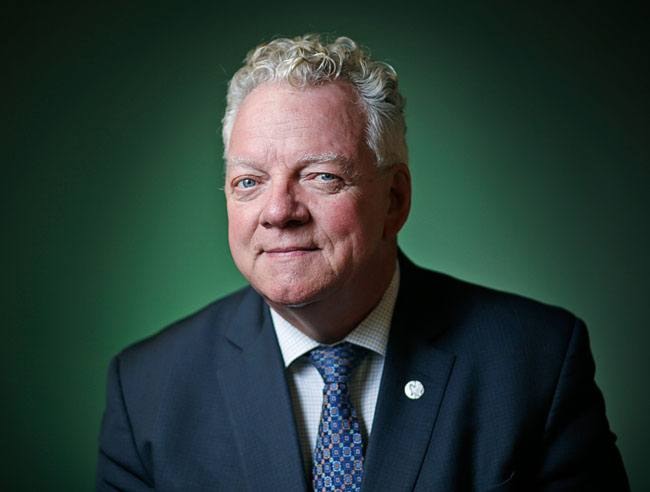With changes on the horizon, health care funding was a major topic of discussion for the 13 premiers meeting in Whitehorse this week.
Next year marks the end of the first phase of a funding formula announced by the former Conservative government in 2011.
Right now jurisdictions get six per cent annual increases to their Canada Health Transfer every year. If nothing changes, as of April 2017 the health transfer will be tied to nominal gross domestic product (GDP) with a guarantee of at least three per cent.
The Liberal government has promised a new health accord and funding agreement but no details have been released yet.
Ideas for what the new formula should look like have ranged from bumping the health transfer up to cover 25 per cent of provincial and territorial health care costs, to paying jurisdictions based on how many seniors they have, to handing out money based on innovation.
Yukon’s Premier Darrell Pasloski said he expects health care will be part of discussions today at the Council of the Federation meeting.
Moving to a three per cent annual increase in the Canada Health Transfer “would result in reduced growth” and would make it “very difficult across the country to deliver a high level of health care,” Pasloski said today.
He and the other premiers have been calling for the federal government to cover 25 per cent of health care costs with the transfer.
This year the Yukon received $38 million from the Canada Health Transfer. Pasloski couldn’t say what percentage of the territory’s health costs that covers or how much the territory stands to get next year if the country moves to a GDP-based formula.
“The Canada Health Transfer is a per capita transfer and when there’s 35 million people in Canada and just roughly over 100,000 people north of 60, it isn’t that significant (a) portion,” he said Thursday.
“Most of the money that we deliver health care with is through our Territorial Formula Financing agreement.”
The country’s Maritime premiers have publicly suggested a formula that takes into account how many seniors live in each jurisdiction.
Pasloski said there are unique situations in each jurisdiction that need to be discussed. One such situation in the North is the cost of medevac when patients need to go outside of their communities for care, he said.
Bill Tholl, president and CEO of HealthCareCAN, was in Whitehorse this week while the premiers met.
His organization represents 51 health authorities and hospital corporations across the country, including the Yukon Hospital Corporation.
HealthCareCAN wants the federal government’s new funding formula to start with the three per cent escalator but then top up provinces and territories based on their demographics, innovation and performance.
“The North is special for a number of reasons one of them being the geographic dispersion factor,” he said.
“It costs more to service 37,000 people spread over Yukon than it does 37,000 people in east end Ottawa.”
Tholl said provinces and territories need to be rewarded for innovation so successful programs can be used across the country.
He wants a $1-billion innovation fund to be established and managed by a new secretariat.
“If we could stop reinventing the wheel as we go from one jurisdiction to another and adapt and apply these best practices we could get back up on top at lower cost.”
Tholl pointed to the First Nations health programs at Whitehorse General Hospital as something that could be used across Canada.
“They’ve got a First Nations health program with 10 very committed and expert professionals at the frontline providing for that important integration of services between First Nations and Whitehorse General Hospital.”
Tholl also wants $100 million set aside for jurisdictions that meet or beat agreed-to health care targets.
Starting with base funding and adding money for demographics, innovation and performance would work out to about a six per cent increase every year, Tholl said. That’s about what jurisdictions get currently but some of the money would now come with strings attached.
“There’s no time to lose in terms of Canada starting to make the changes necessary to get us going in the right direction,” he said. “We’re going in the wrong direction, we’re 10th out of 11 commonwealth countries.”
“What happens (without change)? We continue to simply drift down and fail to provide the kind of services that Canadians expect and deserve.”
Contact Ashley Joannou at ashleyj@yukon-news.com
